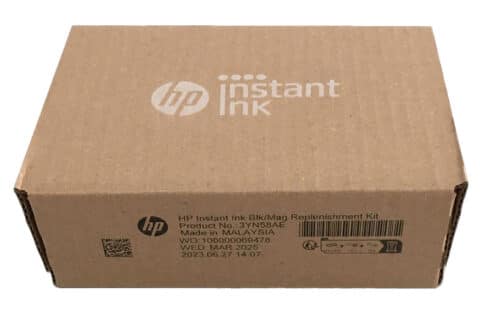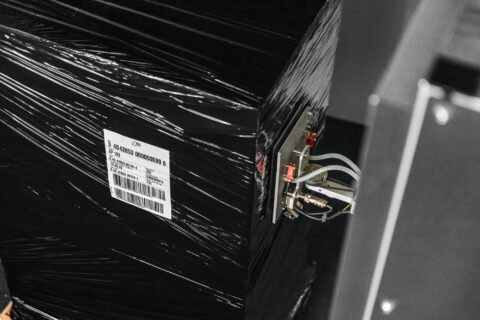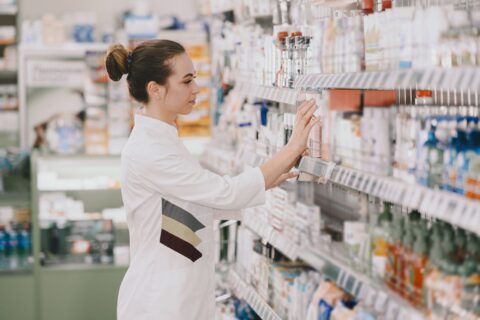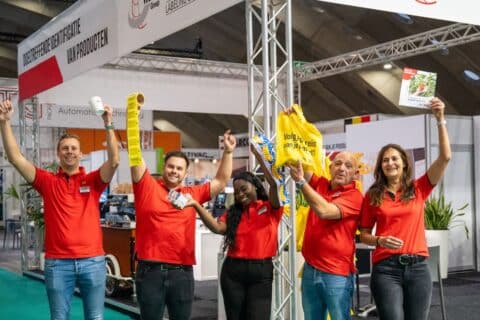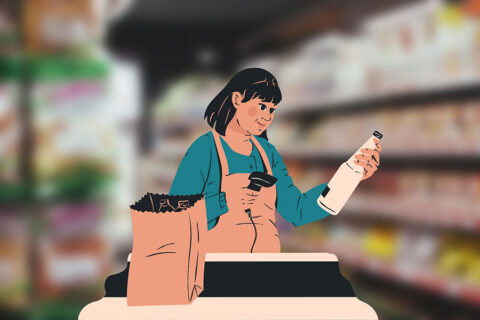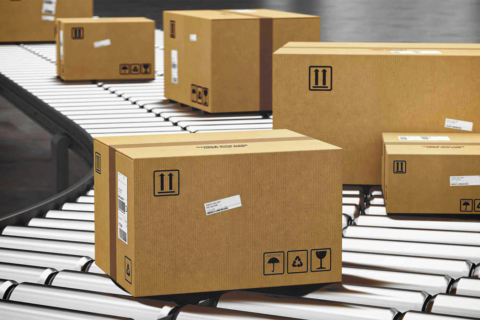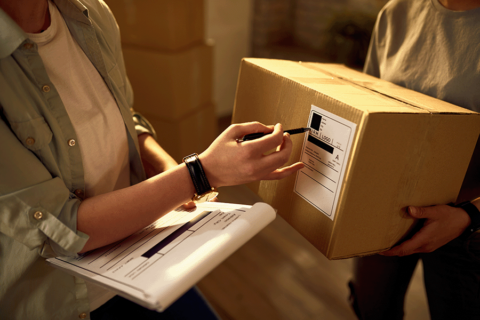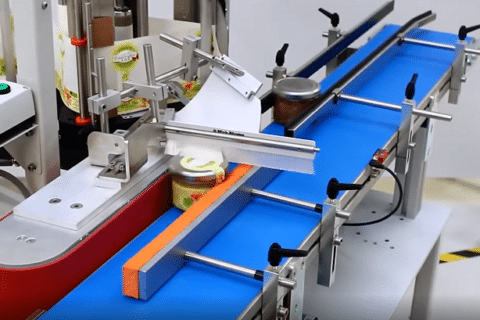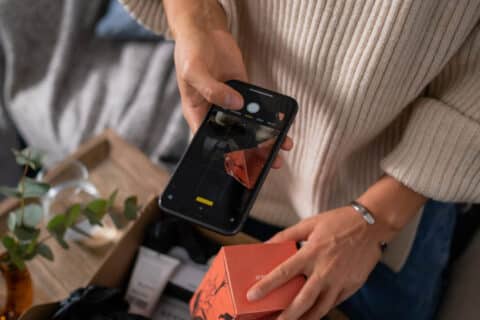The packaging of the future is interactive and intelligent – thanks to tracking in realtime, augmented reality and smart indicators. Smart packaging will interconnect manufacturers, consumer and retailers. In this article, Philipp Wrycza, expert for AIDC technologies at the Fraunhofer Institute for Material Flow and Logistics (IML), presents the key packaging trends of the future.
Advantages of smart packaging: Added functionality
For a while now, the job of packaging has been more than providing physical protection for products. Smart packaging can simplify logistics processes and take marketing to a new level.

“What smart packaging does is use technology to enhance packaging with additional features,” says Philipp Wrycza.
The applications for smart packaging are just as versatile as the technologies that help make packaging intelligent. “Smart packaging can give customers added information about a product or create transparency about production processes,” says Wrycza. “Logistics professionals can compensate for a lack of data using sensors and identification points.” What follows here is a cross-industry overview of the core packaging trends of the future.
Smart packaging + QR codes = More information
Barcodes are one of the oldest intelligent packaging technologies. However, the one-dimensional barcodes can only store basic product information. Two-dimensional barcodes can store more information. The combination of dots and empty spaces in between increases information storage in a same-sized area.
QR codes are an example for two-dimensional barcodes. “What makes them so useful is that almost every smartphone with a camera and internet access can read the QR code, even without an app,” remarks Philipp Wrycza. This leads to a sheer endless variety of uses. A quick smartphone scan of QR codes takes consumers to a company website where product information, marketing activities or sweepstakes await them. Manufactures and retailers can use QR codes to enable detailed product traceability and supply-chain management.
Smart packaging and AR (Augmented-Reality) merge to offer a better customer experience
Augmented reality opens up further options for intelligent packaging. Packaging with AR integration merges physical and virtual reality within mere seconds. Videos or animations give life to packaging or AR adds additional information in the virtual realm.
Here’s an example: The Australian startup Third Aurora is working on a tool that will enhance drink labels with an AR dimension. The augmented-reality features are activated by smartphone. A demo shows how 3D videos, social media posts and a person’s hologram floating around a can of beer. Artificial intelligence reads and interprets the packaging contents and AR projects text and videos onto it.
Smart packaging allows the tracking of pallets in realtime with intelligent EPAL pallets
The development of intelligent, interactive EPAL pallets shows how smart packaging can solve problems in the logistics industry. As part of an extensive project conducted by the European Pallet Association (EPAL) and the Fraunhofer Institute for Material Flow and Logistics (IML), researchers added QR codes and GPS trackers to pallets. They wanted to enable live tracking of the pallets throughout the entire delivery chain, increasing process transparency and efficiency.
This elevates pallets from load bearers to information carriers. Tracking covers the location and history of the pallet as well as information about temperature conditions. Users can access all information in realtime through a web platform. “This technology helps prevent damage to goods and spoiled food,” explains Philipp Wrycza. “Intelligent pallets are a milestone for the Internet of Things and connected packaging.”
Smart packaging indicators alert customers about spoiled food
Has the frozen fish gone bad, or is the apple juice no longer drinkable? Smart packaging indicators provide information about the cold chain of a product and when a product has spoiled. In contrast to the best- by date, this information is not fixed. Instead, it depends on what happens to a product. Freshness indicators are substances applied to the inside of food packaging. They react to chemical compounds generated when food goes bad. For instance, the colour of a bottle or of packaged cheese would change if it were no longer safe to consume.
Time-temperature indicators work differently. They monitor whether the cold chain remains unbroken for sensitive foods like fish, meat or frozen foods. Photochromic ink changes colour to show accumulated length of temperature breaches. In addition to the food industry, the pharmaceutics industry uses live tracking of temperatures, for instance when transporting sensitive drugs.
Let’s be clear: Smart packaging is a tool to solve a problem
Philipp Wrycza wishes German companies were bolder in trying out intelligent packaging. “German logistics professionals and manufacturers are not really open to smart packaging,” he says. He adds that intelligent packaging has a different potential for every industry, product and company. One thing is always a given: “Technology is only the tool to solving a problem.”
Would you like to enhance your products with digital information? We will gladly advise you and find the right labels for your needs.



